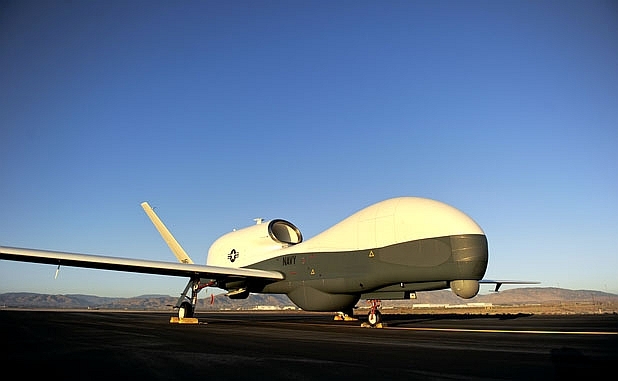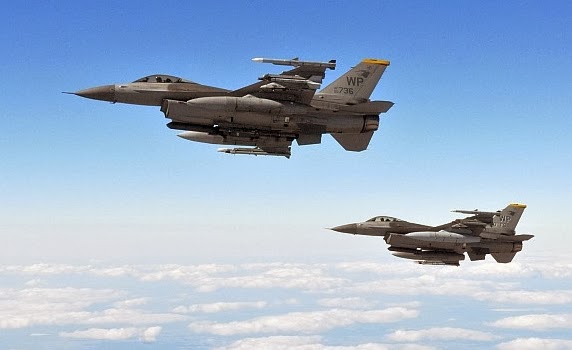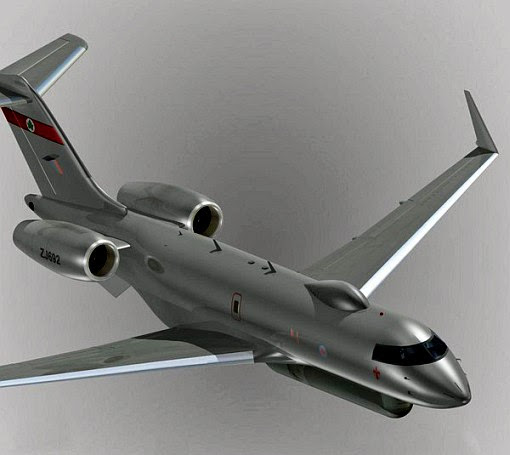ЦАМТО, 31 марта. В предстоящий четырехлетний период (2014-2017 гг.) объем экспортных продаж новых самолетов ДРЛОиУ составит 11 машин на сумму 4,376 млрд дол в случае выполнения графиков поставок по текущим контрактам, заявленным намерениям и проводимым тендерам.

По оценке ЦАМТО, в прошедший 4-летний период (2010-2013 гг.) было поставлено на экспорт или произведено по лицензии не менее 30 новых самолетов на сумму 8,225 млрд дол.
Всего в 2010-2013 гг. было экспортировано 32 самолета ДРЛОиУ на сумму 8,3 млрд дол. При этом объем продаж новых самолетов в период 2010-2013 гг. составил 93,75% от общего количества или 99,1% от стоимости общемировых поставок.
В 2014-2017 гг. сокращение рынка в процентном выражении по сравнению с предыдущим 4-летним периодом составит 63,3% в количественном выражении и 46,8% – в стоимостном.
В 2010-2013 гг. средняя потребность в новых самолетах ДРЛОиУ на международном рынке составила почти 8 машин в год. В 2014-2017 гг. ежегодный спрос сократится до 3 ед.
По методике ЦАМТО, в категорию «новые» включены поставки новых самолетов ДРЛОиУ, а также поставки самолетов из состава ВС стран-экспортеров, модернизированных до уровня практически новых машин с продленным сроком эксплуатации, цена которых на момент поставки составляет более 50% от стоимости нового самолета того же типа на тот же период времени, но не менее 100 млн дол.
Первое место по периоду 2010-2017 гг. в рейтинге поставщиков новых самолетов ДРЛОиУ традиционно занимают США (17 машин на сумму 6,745 млрд дол). В 2010-2013 гг. на экспорт было поставлено 13 самолетов стоимостью 5,145 млрд дол, в 2014-2017 гг. поставки сократятся втрое и составят всего 4 новые машины на сумму 1,6 млрд дол (см. примечание).
Второе место по периоду 2010-2017 гг. занимает Швеция с комплексом ДРЛОиУ «Эриай», устанавливаемым на платформы по желанию заказчика (9 самолетов на сумму 2,111 млрд дол). В 2010-2013 гг. на экспорт было поставлено 8 самолетов стоимостью 1,444 млрд дол, на 2014-2017 гг. прогнозируется поставка 1 новой машины на сумму 667 млн дол.
Третье место по периоду 2010-2017 гг. занимает Израиль (7 машин на сумму 2,117 млрд дол). Поставки обеспечены комплексом ДРЛОиУ «Фалкон», устанавливаемым на платформы по желанию заказчика, и новейшей разработкой – компактной системой ДРЛОиУ CAEW на базе бизнес-лайнера G-550 «Гольфстрим». В 2010-2013 гг. на экспорт было поставлено 5 самолетов стоимостью 1,358 млрд дол, на период 2014-2017 гг. портфель заказов составляет 2 новые машины на сумму 758,6 млн дол.
Четвертое место с поставкой Пакистану в первом четырехлетнем периоде 4 самолетов ДРЛОиУ на базе комплекса KJ-200 стоимостью 278 млн дол занимает Китай.
По категории «тендер», результаты которых пока не подведены, в 2017 году возможна поставка 4 самолетов ДРЛОиУ на сумму около 1,35 млрд дол.
Примечание: в расчете не учтен контракт Катара с «Боингом» на поставку трех самолетов ДРЛОиУ общей стоимостью 6,6 млрд риалов (1,81 млрд дол), о подписании которого было объявлено 27 марта этого года.
Более подробный материал с табличными данными опубликован в журнале «Мировая торговля оружием» №2.
Права на данный материал принадлежат ЦАМТО
Материал был размещен правообладателем в открытом доступе.






